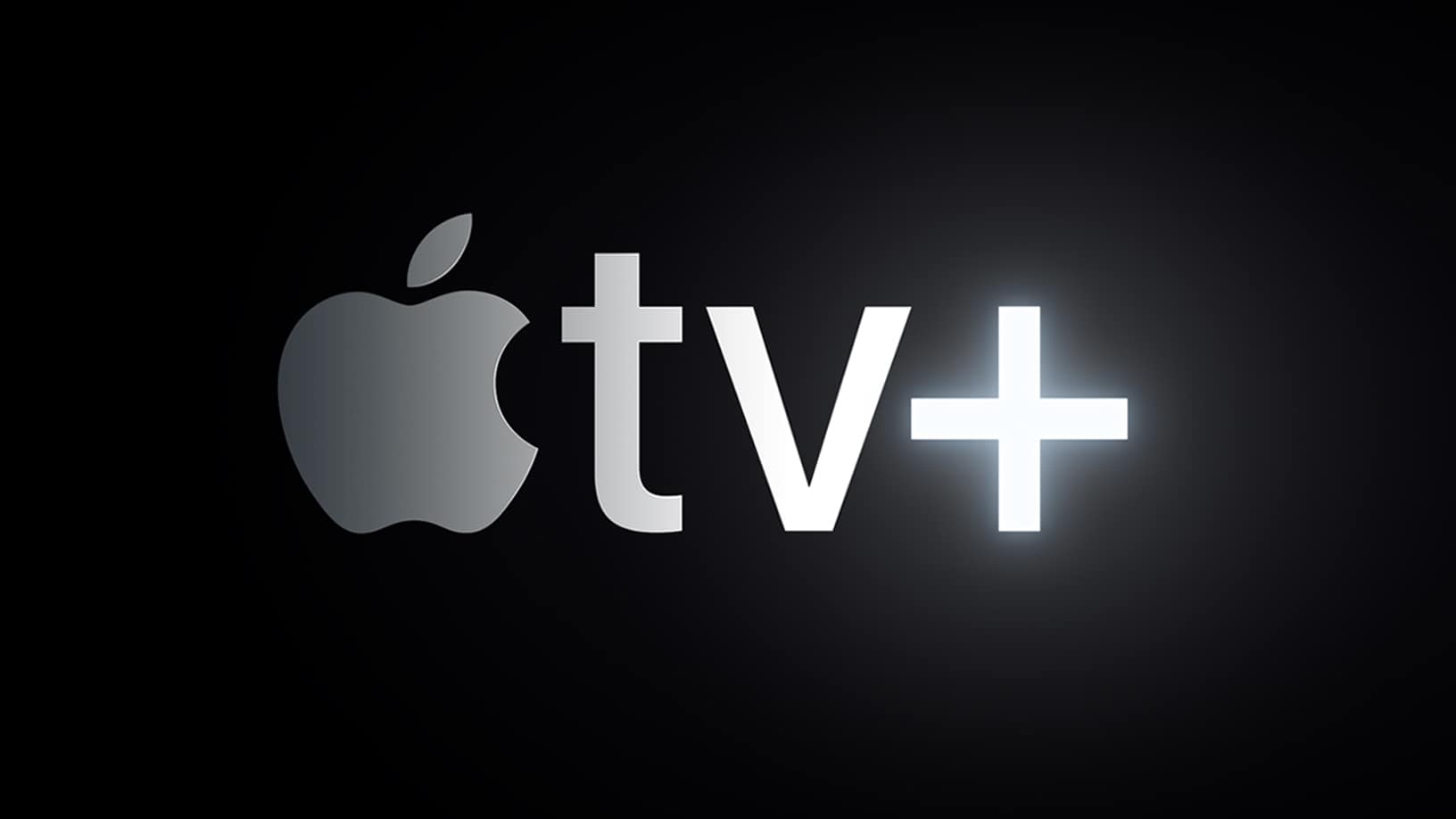Apple (NASDAQ: AAPL) surprised investors and consumers alike when it announced the pricing for its subscription video-on-demand service Apple TV+ at its September event. The streaming service will cost just $4.99 per month for U.S. subscribers, and Apple will even throw in a free year for anyone buying a new Apple device.
That’s priced well below competitors like Netflix (NASDAQ: NFLX), AT&T‘s (NYSE: T) HBO Now, and even Disney‘s (NYSE: DIS) upcoming Disney+, despite Apple reportedly spending about $6 billion on original content for the service to be released over the next year. That puts its original content spending nearly on par with Netflix’s and well above competitors like HBO or Amazon (NASDAQ: AMZN) Prime.
So why is Apple offering Apple TV+ for such a low price? There are at least three major reasons for the strategy.
1. Scale
Apple TV+ will launch just days ahead of Disney+ and a few months before AT&T launches HBO Max. Several other media companies are also planning to release new streaming services next year, and the market is getting increasingly crowded.
Apple’s service is notably less robust than the competition’s as well. Netflix licenses billions of dollars in third-party content. AT&T, Disney, and Comcast spent hundreds of millions buying back the rights to some of their most popular content. Apple TV+, on the other hand, will only feature originals, yet it doesn’t have the track record of a media powerhouse like HBO to charge a premium for its content.
So, the $4.99 per month price is all about making consumers an offer that’s hard to refuse. Or, in the case of the 70 million or so consumers planning to buy an Apple device over the next few months, an offer that’s literally impossible to refuse. Apple will have tens of millions of “subscribers” by the end of the year thanks to its promotion, and it hopes it can prove Apple TV+ is worth $4.99 per month after 12 months of delivering big-budget productions to its new iPhone, iPad, and Apple TV owners.
Ultimately, Apple TV+ is set to benefit from scale more than most competitors. Since it’s buying the rights to all of its content instead of licensing it year after year, Apple can see high marginal income from new subscribers once it covers its content costs. That’s relatively unique compared to its other services.
2. Apple TV Channels
Another reason for Apple to position Apple TV+ as a supplement to services like Disney+ or HBO Now instead of a replacement is because Apple is trying to sell those services as well. Apple TV+ will be part of Apple’s TV app, where the company will also sell subscriptions to Apple TV Channels like HBO.
In that sense, Apple TV+ is a loss leader to get customers to sign up for higher-margin services like Apple TV Channels.

Image source: Apple
Amazon has had notable success selling other media companies’ content. Amazon Channels generated an estimated $1.7 billion in revenue last year, and that number could climb to $3.6 billion next year. It funnels users to those channels through its Prime Video service and its Fire TV hardware.
Apple TV+ gives Apple the half of Amazon’s equation it’s been missing. Combined with its massive installed base, Apple TV+ could lead to greater subscription revenue from selling its competitors’ content.
3. Hardware sales
Apple’s decision to bundle a year of the new video service with each new hardware sale is a clever marketing tactic. It should help Apple sell more devices in the near term since consumers love getting a deal.
But that $4.99 per-month subscription has the power to sway existing subscribers to buy another iPhone or Apple device when it comes time to upgrade their hardware in the future. And that’s where the real value could come from. While Apple TV+ will be available on other devices, users will get the most out of the service through the Apple TV app and through subscribing to Apple TV Channels. It’s a lock-in mechanism that Apple is using to keep customers loyal $5 at a time.
While Apple has increasingly focused on services over the last few years, it still generates the bulk of its revenue and profits from selling hardware. Ultimately, using Apple TV+ as a means to sell more hardware is going to produce greater revenue than selling a slightly more expensive subscription.
It doesn’t have to be forever
A final note about Apple TV+’s low pricing is that the company made no commitments to keeping the price low. Apple is currently using Apple TV Channels and hardware sales to subsidize the cost of its streaming content, but as Apple TV+ scales, the tech company may see opportunities to increase its investments in content and raise the price of the service.
It’s the same strategy Netflix has used over the last six years with a good success rate. If Apple succeeds in its vision to produce some of the best television series available, it’ll have no problems justifying a price increase once it gets viewers hooked.









